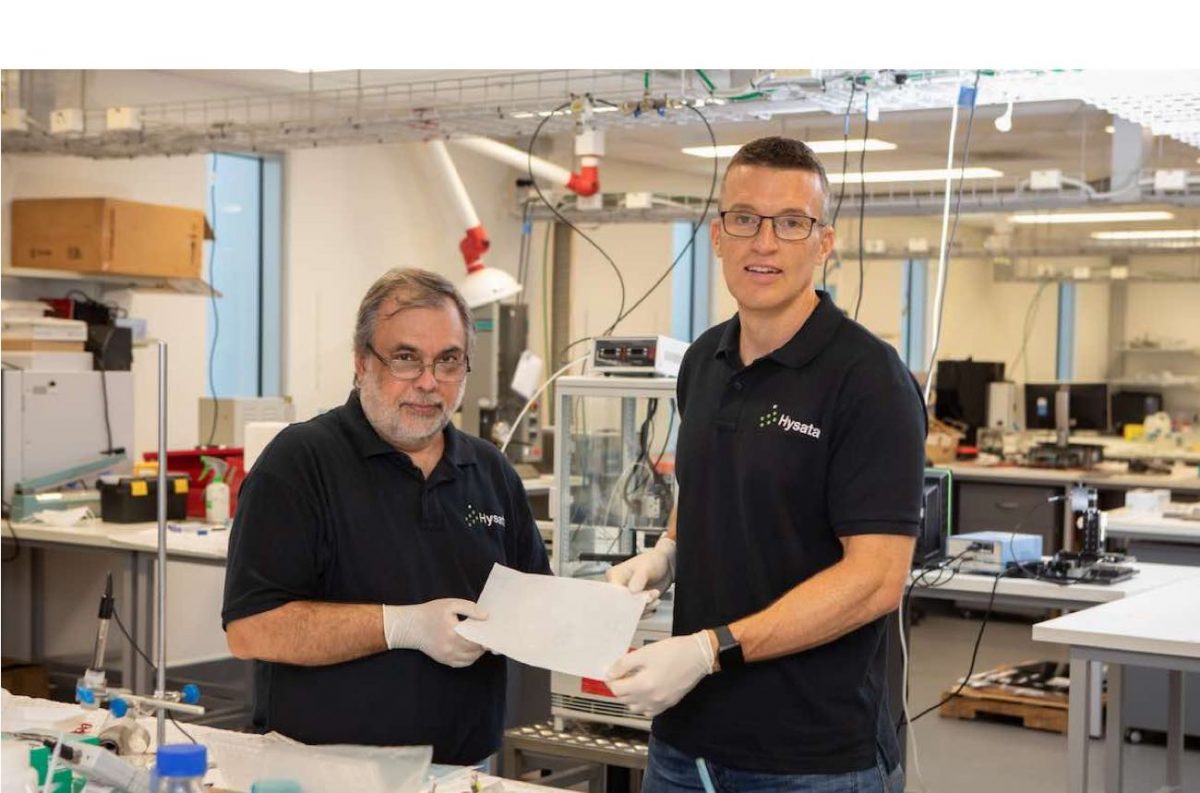dhrivnak
Active Member
No you can’t. Or at least mortals can not get batteries for that price let alone an inverter as well. Most of the US cannot get a PowerWall at any price.Considering you can buy LFP batteries for $100/kWh with a round trip efficiency of >90%, it's a bad deal. Physics.







